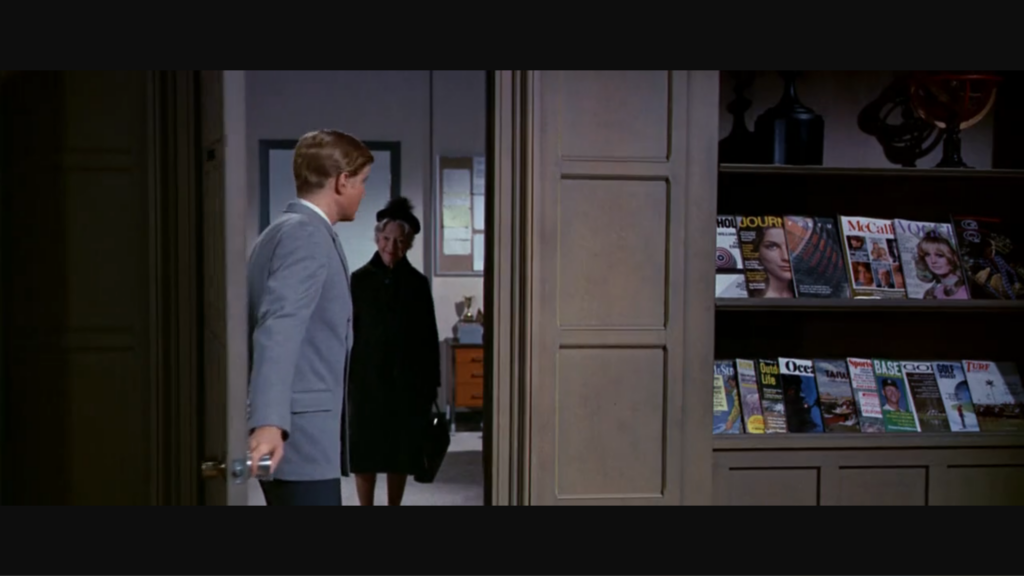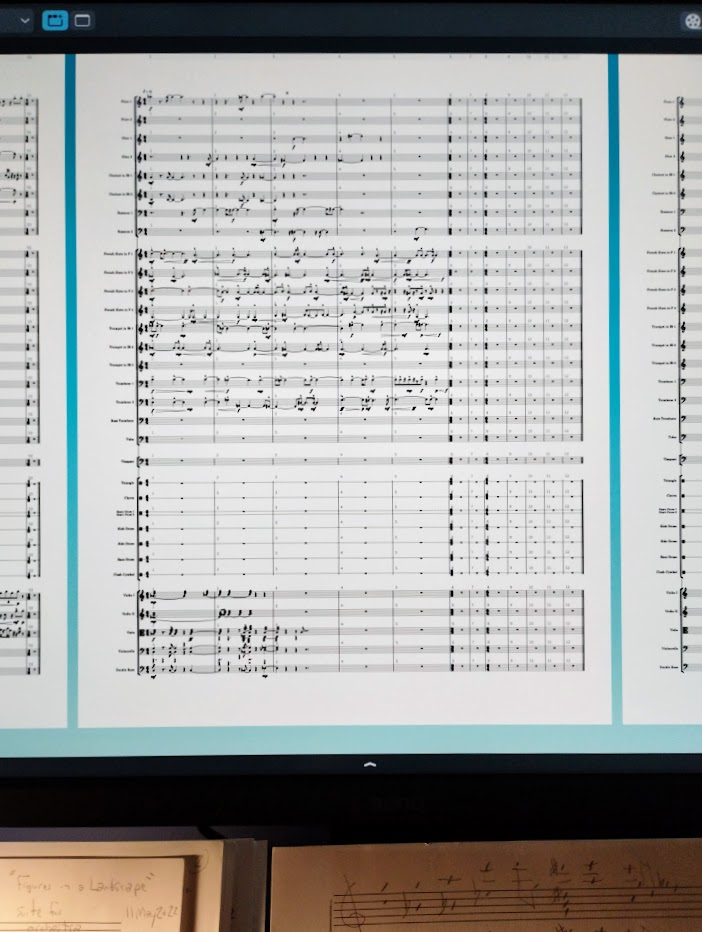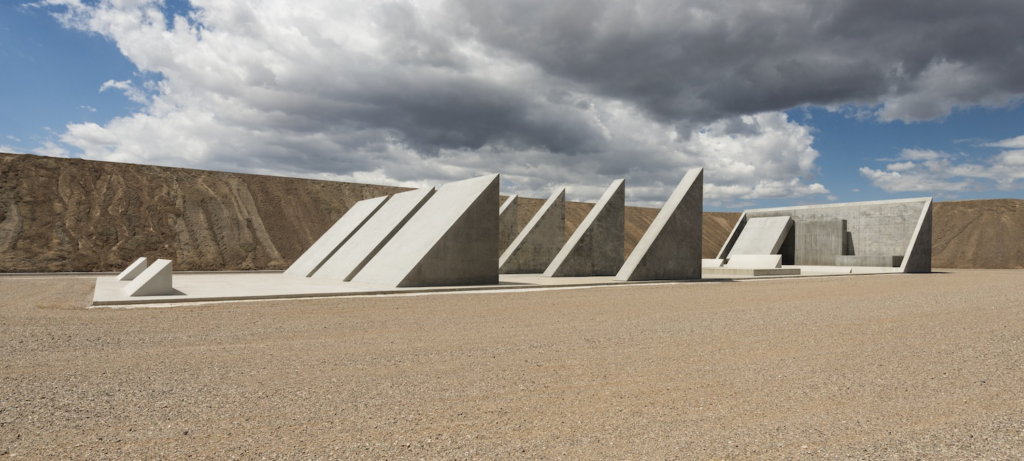Watching old movies, I often latch onto a scene that pulls me back to the year that the film was made with both a realization that the artifacts contained within the scene were of-the-time, and an amazement that they are easily find-able now with the Internet. I’d had almost-success finding a dive bar called The Moonfire Inn from MST3K’s riff on The Hellcats (1968), and even if the abandoned old building I found on Google Street View wasn’t it, I learned a lot about the the place’s cultural proximity to both a Paul Newman movie and the Manson Family. Since movies aren’t real, this fascination with old movie artifacts as historical documents can be a bit of a degraded version of the (more understandable) fascination with long-distant history as we walk through ancient ruins. Here though, as with the Hellcats biker bar, the artifacts are real and are not, say, the prop of a Maltese falcon.


